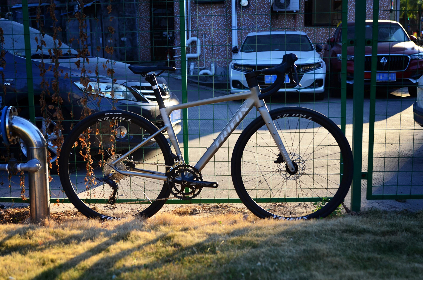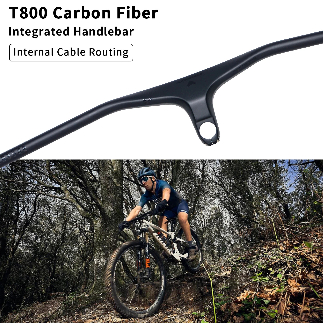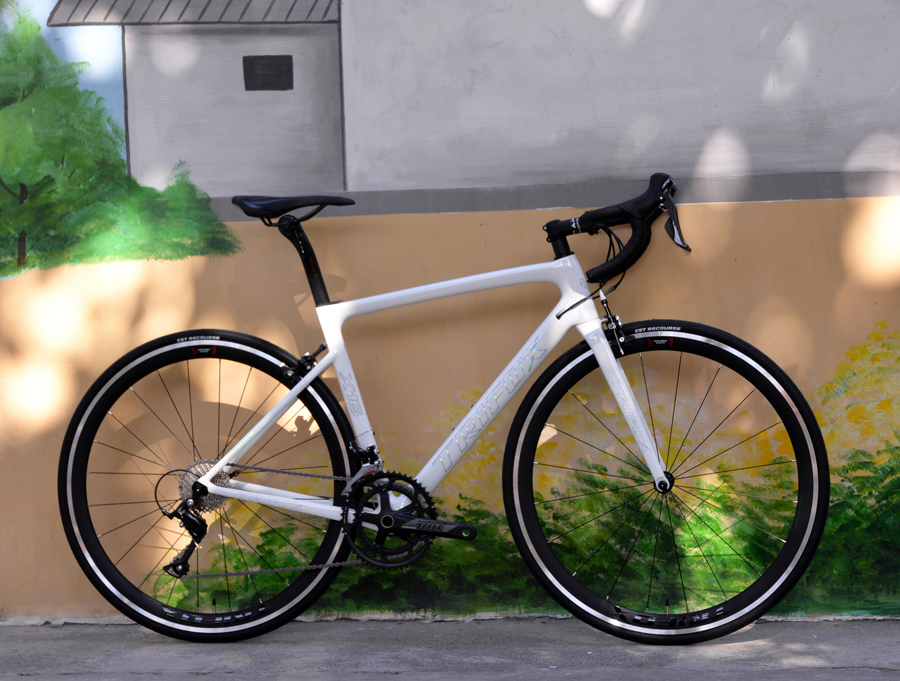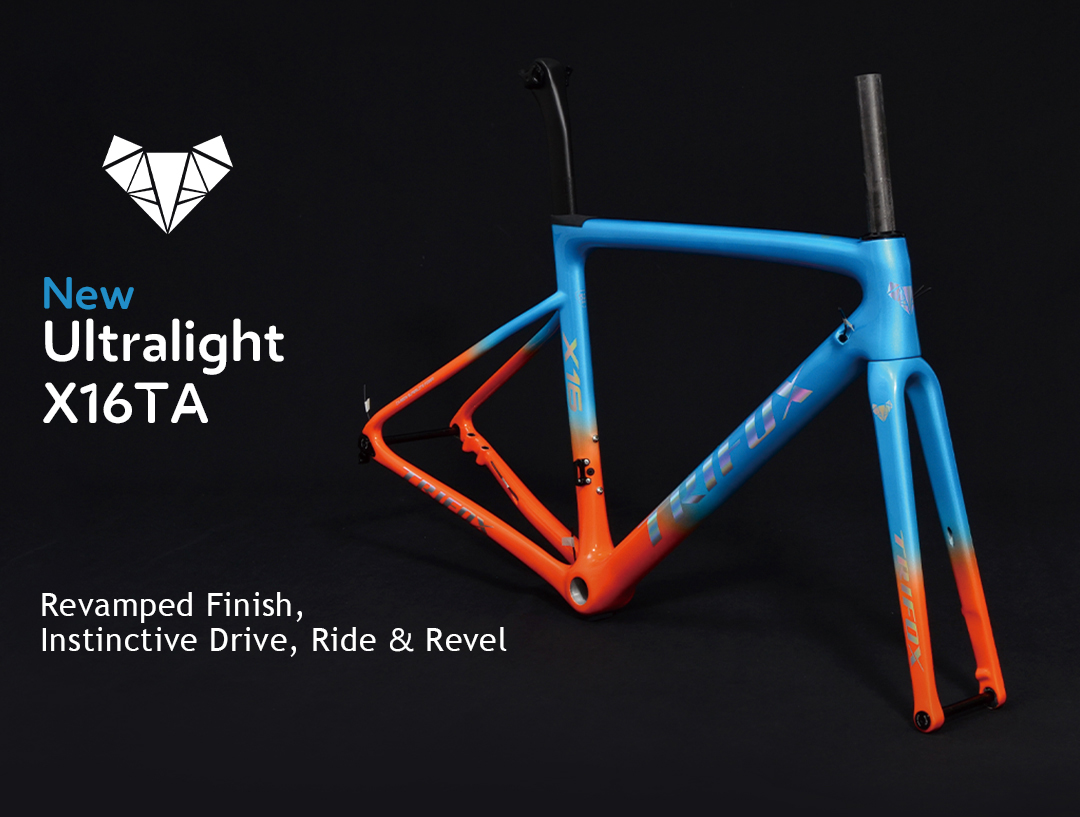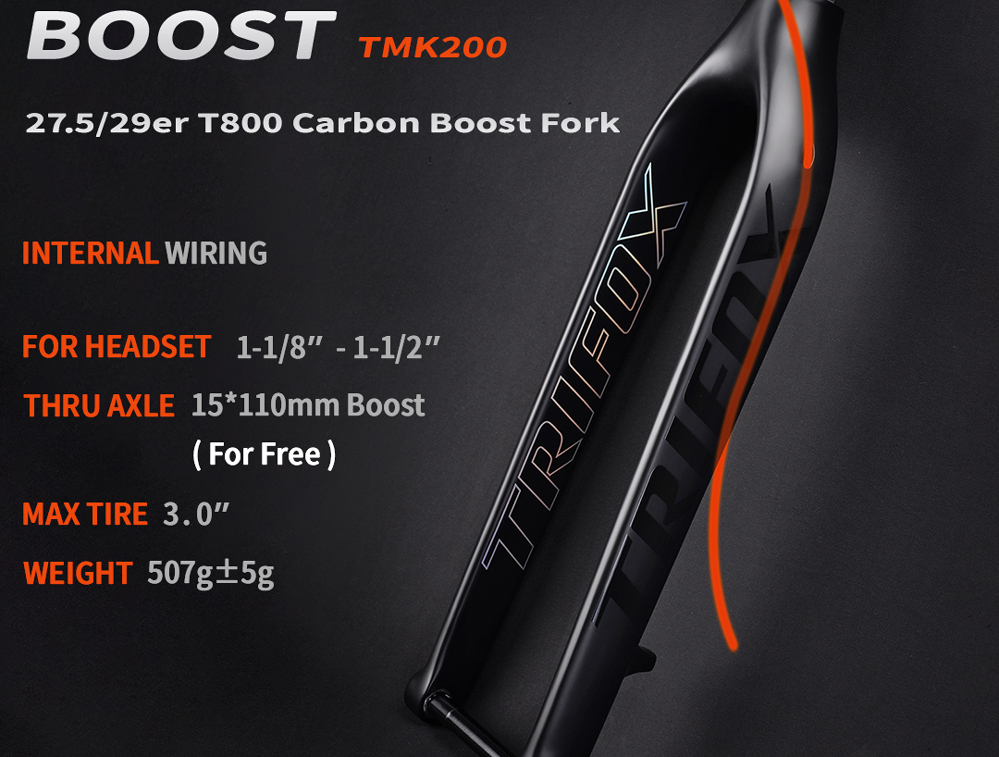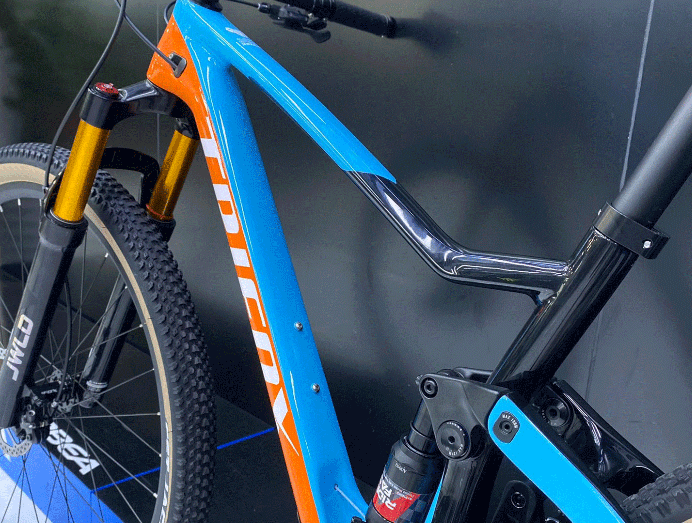If you want to buy a new bicycle, there are many factors that affect your choices, such as price, features, riding style, brand factors, and even painting.
Sometimes the choice boils down to the choice of frame material. There are four common frame materials: steel, aluminum, titanium, and carbon fiber. Materials can affect riding and usage, so you need to know the key differences between different materials.
Everything you need to know before buying a new bike. For many people, material selection is as important as accessories and prices, and different materials are suitable for different types of cycling. The frame will be the core of the new car, taking up the main budget, you need to choose wisely.
The following analyzes the key characteristics of each material to help you make the right choice.
1. Aluminum
Aluminum is the most common material for road bikes, offering a more affordable price. It is also an ideal material for the frame, which can make rigid and lightweight frames. The aluminum frame has been treated unfairly for a long time, such as the cycling feels rough and uncomfortable.
WHY BUY ONE: Within your budget, you want a light and hard frame for competition, or you want the best bike at the same price.
2. Steel
Many years ago, steel was the only frame material. Nowadays, steel frames still exist, which can provide smooth cycling, which is why touring bikes still prefer to use them. But steel will not be used in large-scale manufacturers now. In fact, it is easy to process, so it is often used by manual custom manufacturers. If you want to customize, steel is a good choice.
WHY BUY ONE: If you don’t care about its weight, want a custom frame, and you like the smooth cycling quality
3. Titanium
Titanium is a very satisfying material. It is comfortable and has a certain shock absorption capacity. At the same time, it is lighter than steel, stronger than aluminum, and will not rust. In fact, its surface can maintain gloss for a long time. But after so many years, titanium frames are still very expensive.
Titanium can make high-performance racing bicycles, but can also be designed for long-distance cycling, providing very good comfort.
Most titanium uses 3AL-2.5V (representing 3% aluminum and 2.5% vanadium) and 6AL-4V, which is the hardest grade of titanium and can be seen on many expensive frames. Because of its hardness, it is difficult to process 6AL-4V into seamless tubes. For example, rear derailleur hangers and head tubes are often cut.
WHY BUY ONE: You want a long-life bike that is light and has smooth cycling.
4. Carbon Fiber
For many riders, they will not choose other materials except carbon fiber, which is the mainstream in the cycling racing world. Among these four materials, carbon fiber is the lightest and hardest, and it is also very expensive. However, the price of carbon fiber frames has dropped significantly in recent years.
Carbon fiber is a very flexible material, giving designers a lot of room to play, and the shape of the tube is not restricted, for example, it can make an aero road bike.
Carbon bike frames are completely different. There is a huge difference between cheap and expensive carbon frames. Different carbon fiber materials, different processing methods, and different factories will all have a big impact. Carbon fiber is relatively easy to design and control, allowing the frame to achieve a balance between various characteristics, even lightweight, comfortable, and rigidity.
WHY BUY ONE: If you want the lightest and hardest road bike, or the aero bike, you have enough money to buy it.






























































